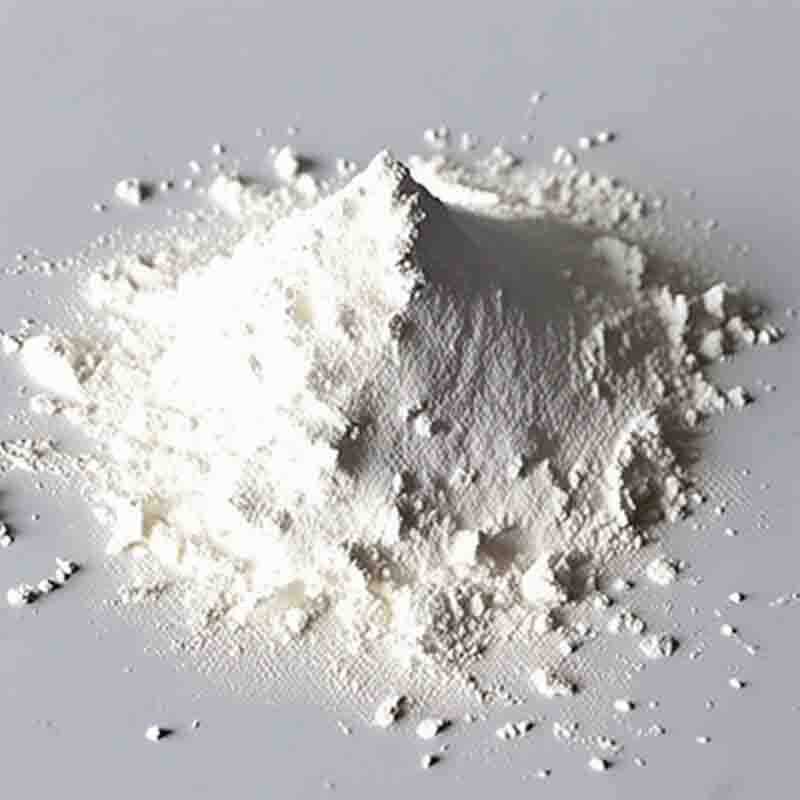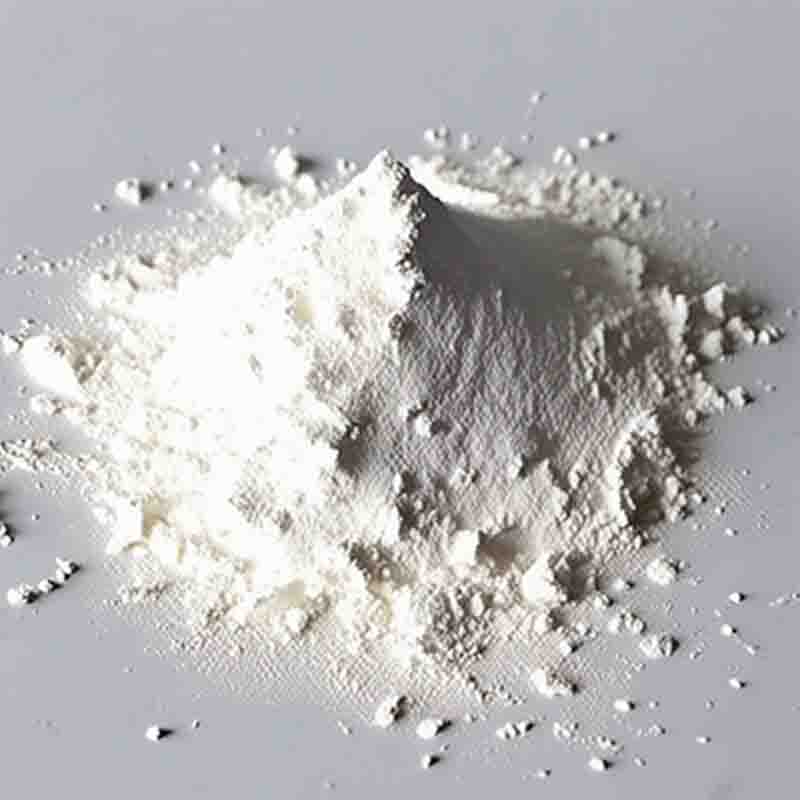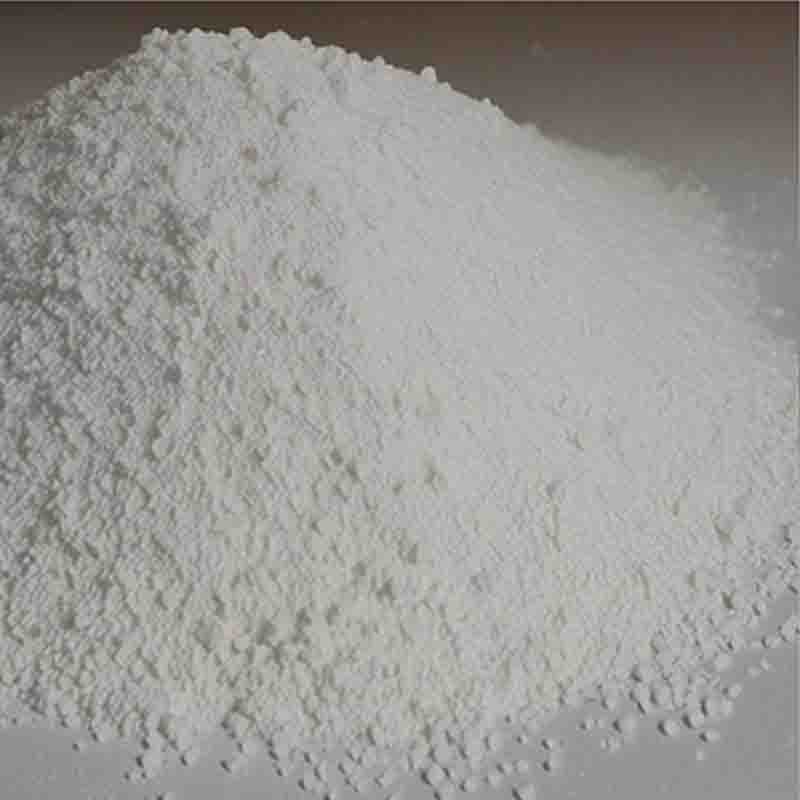Benzenesulfonamide CAS:98-10-2
| Catalog Number | XD94674 |
| Product Name | Benzenesulfonamide |
| CAS | 98-10-2 |
| Molecular Formula | C6H7NO2S |
| Molecular Weight | 157.19 |
| Storage Details | Ambient |
Product Specification
| Appearance | White powder |
| Assay | 99% min |
Benzenesulfonamide, also known as sulfanilamide or sulfamidic acid, is an organic compound with the chemical formula C6H8N2O2S. It belongs to the class of sulfonamide compounds and has several effects and applications. Here are some key points about the effects and uses of benzenesulfonamide:Antibacterial activity: One of the main effects of benzenesulfonamide is its antibacterial activity. It works by inhibiting the growth and reproduction of bacteria by interfering with their metabolic processes. Specifically, benzenesulfonamide acts as a competitive inhibitor of the enzyme dihydropteroate synthase, which plays a crucial role in the synthesis of folate in bacteria. Since folate is essential for the bacterial cell to synthesize DNA, RNA, and proteins, the inhibition of dihydropteroate synthase disrupts their growth and leads to bacteriostatic or bactericidal effects.Antifungal activity: In addition to its antibacterial properties, benzenesulfonamide also exhibits antifungal activity. It can inhibit the growth of fungi by disrupting their metabolic pathways and interfering with essential cellular processes. Benzenesulfonamide inhibits the enzyme dihydropteroate synthase in fungi, similar to its mechanism of action against bacteria. This inhibition prevents the synthesis of fungal folate and hampers their growth and reproduction.Treatment of urinary tract infections: Benzenesulfonamide, in the form of sulfonamide drugs, has been widely used in the treatment of urinary tract infections caused by susceptible bacteria such as Escherichia coli, Staphylococcus saprophyticus, and Enterococcus species. These drugs are typically administered orally or intravenously and are effective in targeting the bacteria that cause these infections.Diuretic effects: Some sulfonamide compounds, including benzenesulfonamide derivatives, have diuretic effects. They can increase the production of urine by inhibiting the reabsorption of water and electrolytes in the kidney tubules. This can help in the management of conditions such as edema, hypertension, and congestive heart failure.Carbonic anhydrase inhibitor: Benzenesulfonamide analogs are known as carbonic anhydrase inhibitors. Carbonic anhydrases are enzymes that play a crucial role in the regulation of acid-base balance in the body. By inhibiting carbonic anhydrase, benzenesulfonamide derivatives can affect the process of bicarbonate ion formation and acid secretion, making them useful in the treatment of conditions such as glaucoma, epilepsy, and altitude sickness.Safety considerations: While benzenesulfonamide compounds have various applications, it is important to note that they may cause adverse effects in some individuals. Allergic reactions, including skin rashes, fever, and severe adverse reactions such as Stevens-Johnson syndrome, can occur in rare cases. It is important to follow proper medical advice, dosage guidelines, and reporting any adverse reactions to healthcare professionals.In summary, benzenesulfonamide exhibits antibacterial and antifungal effects, making it useful in the treatment of urinary tract infections caused by susceptible bacteria. It can also act as a diuretic and a carbonic anhydrase inhibitor, potentially benefiting conditions such as edema and glaucoma. As with any medication, careful use and adherence to medical advice are essential to ensure safety and efficacy.








![N-[(9H-fluoren-9-ylmethoxy)carbonyl]glycine CAS:29022-11-5](https://cdn.globalso.com/xdbiochems/白色粉末11110.jpg)
